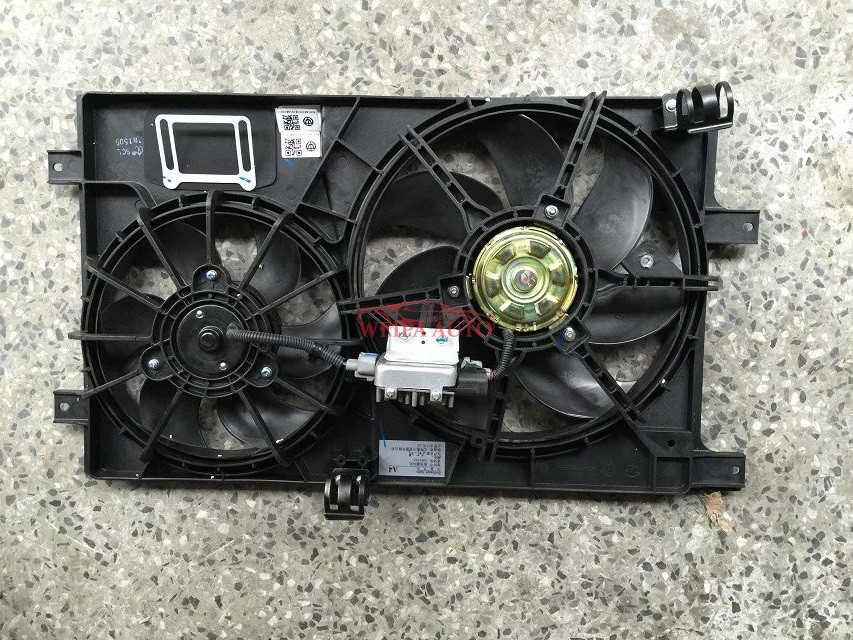
What is a Radiator
A radiator is a device that helps remove heat from a machine. When engines or other systems work, they produce heat. If this heat is not managed, the machine can overheat and get damaged. The radiator allows heat to move away from the machine into the air, which keeps the system at a safe temperature.
Car Radiators
Car radiators are part of the cooling system in most vehicles. When the engine is running, it produces a lot of heat. The radiator helps to cool down the engine to prevent overheating. It does this by using a fluid called coolant or antifreeze. This fluid flows through the engine and absorbs the heat. Then, it passes through the radiator, where the heat is released into the air. A fan and the outside air help this process.
Most car radiators are made from aluminum or plastic because these materials are lightweight and good at conducting heat. The radiator is usually placed at the front of the car so it can get plenty of fresh air while the car is moving. If a car radiator fails or leaks, the engine can overheat quickly. This is why it is important to check coolant levels regularly and have the radiator serviced when needed.
Visit: Car and Home Appliance Radiator
Home Appliance Radiators
Radiators in home appliances work in a similar way. They help remove heat from the appliance to keep it working correctly. For example, refrigerators have small radiators or coils at the back. These coils remove heat from inside the fridge to keep food cold. In washing machines and dryers, radiators may help manage the heat created during use.
Some homes also have radiators that are used for heating rooms. These are usually part of a central heating system. Hot water or steam flows through the radiators, which then release heat into the room. These types of radiators are different because they give out heat instead of removing it.
Differences Between Car and Home Radiators
While both car and home radiators deal with heat, their goals are slightly different. Car radiators are used to cool down the engine. Home appliance radiators either cool the device, like in a fridge, or heat the room, like in a heating system. The design, size, and materials used also differ. Car radiators need to handle high heat and pressure, while home radiators can be simpler.
Conclusion
Radiators play a key role in keeping both vehicles and home appliances running smoothly. They protect machines from overheating and help keep our homes comfortable. Whether in a car engine or behind a refrigerator, radiators are working quietly to manage heat. Understanding how they work can help us take better care of our machines and homes.